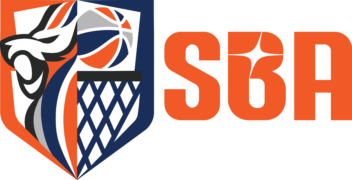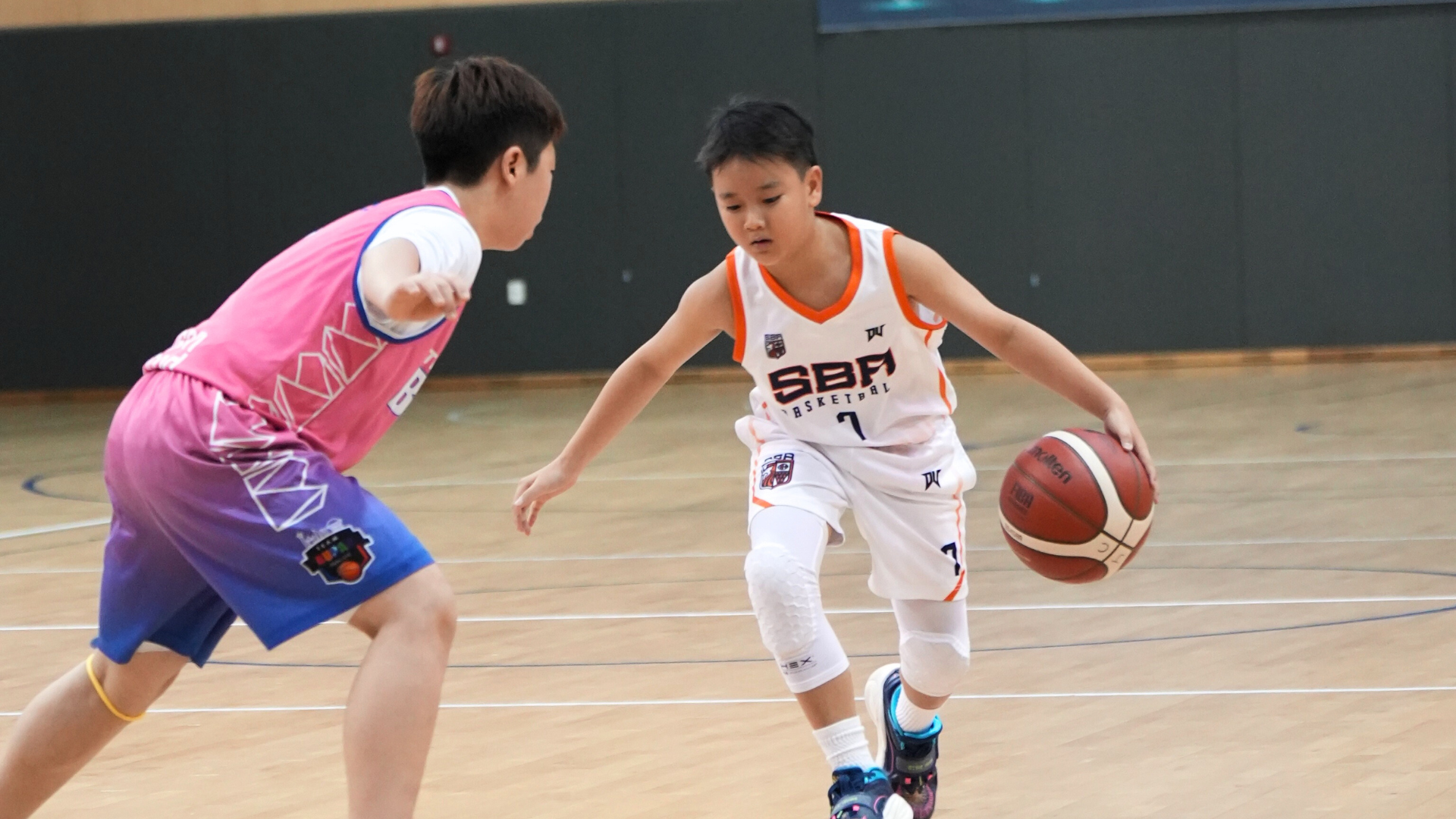For basketball players aiming to enhance their offensive skills, mastering the ability to read and react to team defenses and individual defenders is crucial. This skill keeps the opposition off-balance and opens up scoring opportunities. Utilizing effective offensive moves—such as shot fakes, spin moves, and crossover dribbles—combined with quick, deceptive footwork can create openings for passing or scoring.
What Is Basketball Defense?
In basketball, defense is a team’s effort to prevent the opposing offense from scoring. Each individual defender collaborates with teammates to limit scoring opportunities and to secure rebounds without committing fouls. A successful defensive strategy can lead to turnovers, enabling the team to transition quickly into offense and capitalize on fast-break opportunities, like executing a quick pull-up three-point shot.
Why Is Reading the Defense Important?
Reading the defense is crucial for offensive players because it helps identify weaknesses and scoring opportunities. By analyzing an individual defender’s movements and the overall defensive strategy, players can create chances to score. Mastering this skill enhances a player’s decision-making and effectiveness on the court.
How to Read the Defense?
To effectively read the defense, offensive teams must assess several key elements:
- Identify whether the defense is utilizing man-to-man, zone, or matchup zone strategies. Understanding the type of defense helps in planning offensive movements.
- Determine where help defense is coming from, especially if defenders are rotating to provide assistance on drives or post plays.
- Reaction to Plays: Analyze how the defense responds to pick-and-rolls and screens. Are they switching, hedging, or employing another tactic?
When it comes to reading an individual defender, NBA players like Steph Curry suggest focusing on their stance and body language. Observing the defender’s balance and position allows offensive players to predict their next move. This insight enables players to force defenders into decisions, creating scoring opportunities. Key indicators include the defender’s feet, hands, and nose, which can guide offensive maneuvers such as jab steps and crossovers.
How to React to the Defense?
When an offensive player first receives the ball, they become a triple threat—capable of passing, shooting, or dribbling. Decisions should be informed by defensive reads. Off-ball players should look to set screens, establish low post positions, find open spots for jump shots, or box out for rebounds.
In a half-court set, quick reactions are crucial. A player should assess the defense in split seconds to determine where to set screens or how to maneuver. Faking and changing direction can exploit closeouts and create space.
Steph Curry’s Tips for Reacting to the Defense
- Use your shoulder to create space, making your body a shield between the defender and the ball.
- Employ a pull dribble to gauge the defender’s reaction.
- If the defender doesn’t close in tightly, explode past them with a plyo step.
- Step back into space for a shot if they square up.
- If they overcommit, counter by moving in the opposite direction.
By integrating these strategies into your game, you’ll develop a keen ability to read defenses and react effectively, enhancing your offensive skills on the court.
At Scholar Basketball Academy, we emphasize the importance of understanding defensive dynamics in our training programs. Our experienced coaches focus on developing both your physical and mental prowess, ensuring you excel in every game. Join us today to elevate your basketball performance and gain the confidence needed to outsmart your opponents!

